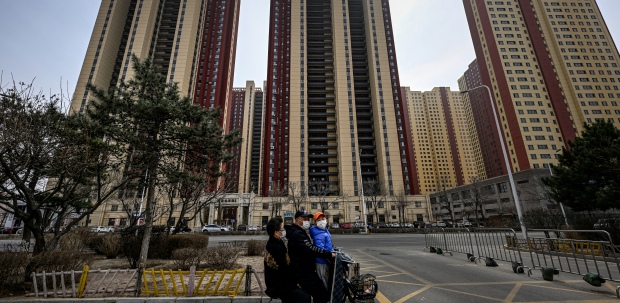ON July 27, the United States Federal Reserve consecutively raised the target range of the Fed fund rate to between 2.25 and 2.5 per cent.
The Consumer Price Index (CPI) in May and June was 8.6 and 9.1 per cent, respectively.
Supporters say the Fed is ensuring price stability for durable economic expansion. Opposing groups, however, assert the accelerated rise is detrimental to growth, causes higher borrowing costs and disincentivises spending.
Did two hikes affect businesses in the US? Let's examine the real gross domestic product (GDP) growth rate. The first and second quarter (advance estimate) real GDP decreased at an annual rate of 1.6 and 0.9 per cent.
Two successive quarters of deteriorating real GDP means a recession. Is the US in recession now? No.
The use of R-word is the prerogative of the National Bureau of Economic Research after it has examined a longer period of real GDP performances.
"When the US sneezes, the world catches a cold" was a commonly used analogy for describing economic conditions spanning the globe.
What about Japan? The core inflation rates in April, May, and June were 2.1, 2.1, and 2.2 per cent, mainly due to Covid-19.
Deflation in Japan started in late 1990s and persists today.
The Bank of Japan has set the inflation rate at two per cent for price stability. This is vital to break chronic deflation. A negative interest rate and qualitative, as well as quantitative monetary easing, are a two-pronged monetary policy for breaking deflation. Sadly, it still doesn't work.
The US and Japan set their inflation rates at two per cent for price stability.
How about Malaysia?
In the first quarter of this year, real GDP expanded five per cent. In the same quarter, core inflation and headline inflation was 1.7 and 2.2 per cent, respectively. These, at the glance, look good.
But, they are not. Real GDP is the inflation-adjusted total market value of all finished goods and services produced in a specific time. It does not depict the socioeconomic wellbeing of employees and employers.
Hence, we need to examine GDP income approach.
The latest figure for last year, released on July 26, showed employee compensation was at 34.8 per cent (37.1 per cent in 2020) and grew at 2.2 per cent (-3.0 per cent in 2020).
The gross operating surplus was 62.9 per cent (60.1 per cent in 2020) and grew by 14 per cent (-6.8 per cent in 2020). Taxless subsidies were at 2.3 per cent (2.7 per cent in 2020), and grew at -8.0 per cent (-30.2 per cent in 2020).
The GDP income approach shows that workers last year earned less than in 2020. Employers or business owners earned more last year. Notwithstanding the reasonably low inflation rate, the spending power of Malaysians declined last year.
One pressumes it was due to the pandemic, but I'm unable to explain why big business owners are not as affected by Covid-19 as wage earners and their families.
The International Monetary Fund (IMF) revised its world growth projection for this year from 3.6 to 3.2 per cent and maintained its earlier projection of growth in Asean this year at five per cent, with 3.4 per cent growth expected in the fourth quarter.
This indicates a contraction in the period between October and December. Meanwhile, the Asian Development Outlook Supplement July 2022 explained that: "Growth in the first quarter of this year was underpinned by strong private consumption and... the Bantuan Keluarga Malaysia programme".
The same report showed purchasing managers' index in Malaysia was 51.6 in April, 50.1 in May and 50.4 in June, indicating continuous business expansions in first half of this year.
However, there's a serious risk. Prices may keep surging because of contraction of demand in the international market and a potential rise in commodity prices caused by the war in Ukraine.
The present subsidies and price controls are not long-term remedies. Both will cause demand that cannot be met by supply and can distort fundamental market-based principles. What then?
Our government must provide conditional cash transfers to the people without delay, or else the aggregate demand will shrink. The multiplier effect is huge.
Cash transfers cause higher government debt, but I'm not worried. It takes 32 years to double the 2.25 per cent interest rate, if yearly principal repayments cannot be made.
The writer is a professor at Reitaku University, Tokyo and has been teaching Southeast Asian studies, international economics, integration, development economics and Asian economy since 1983






